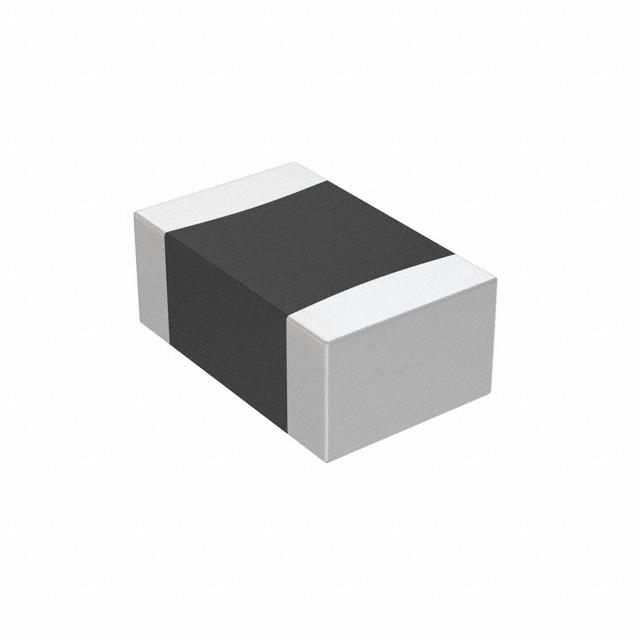How to detect positive temperature coefficient thermistor PTC.
When the positive temperature coefficient thermistor PTC is detected by the pointer multimeter, the Rx1 block of the multimeter can be used to detect and judge it according to the following two steps.
1. Normal temperature detection.
The so-called room temperature usually refers to: at a temperature of about 25℃, the multimeter pen is connected with the two pins of the PTC thermistor, and the actual resistance value is detected and compared with its nominal resistance value, if the difference between the two is within + 2 ohms, Then you can initially judge that it is basically normal.
If the actual resistance value detected is significantly different from its nominal value, its performance is poor or damaged and cannot continue to be used.
2. Heating test.
Under the normal condition of normal temperature detection, the heating detection can be carried out, that is, a heat source (such as electric soldering iron, etc.) can be heated near the PTC thermistor. At the same time, the multimeter is used to detect whether the resistance value increases with the increase of temperature. If this rule is obeyed, the performance of the detected PTC thermistor is good; if the resistance value is not changed, the performance of the PTC thermistor is poor and cannot continue to be used.
3. Issues that need to be explained.
In the heating test, do not make the heating source too close to the PTC thermistor or directly contact the PTC thermistor in order to prevent it from being burned.
If you want to know more, our website has product specifications for PTC thermistor, you can go to ALLICDATA ELECTRONICS LIMITED to get more information


